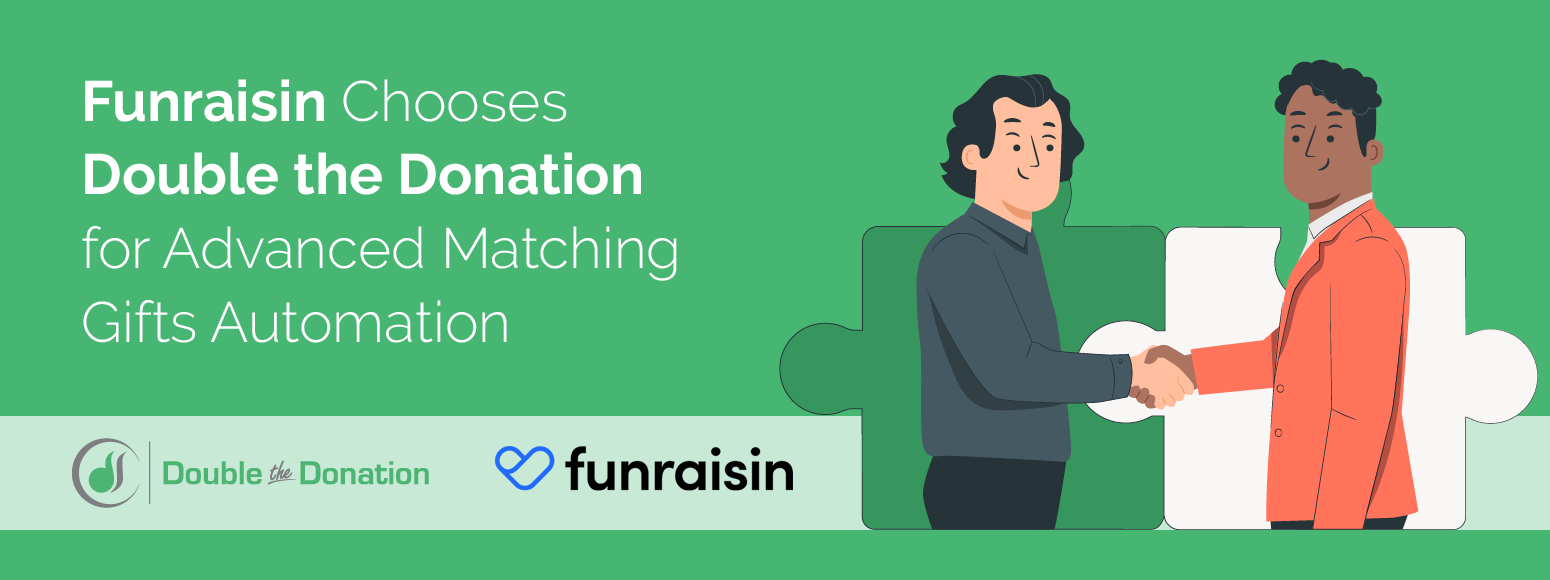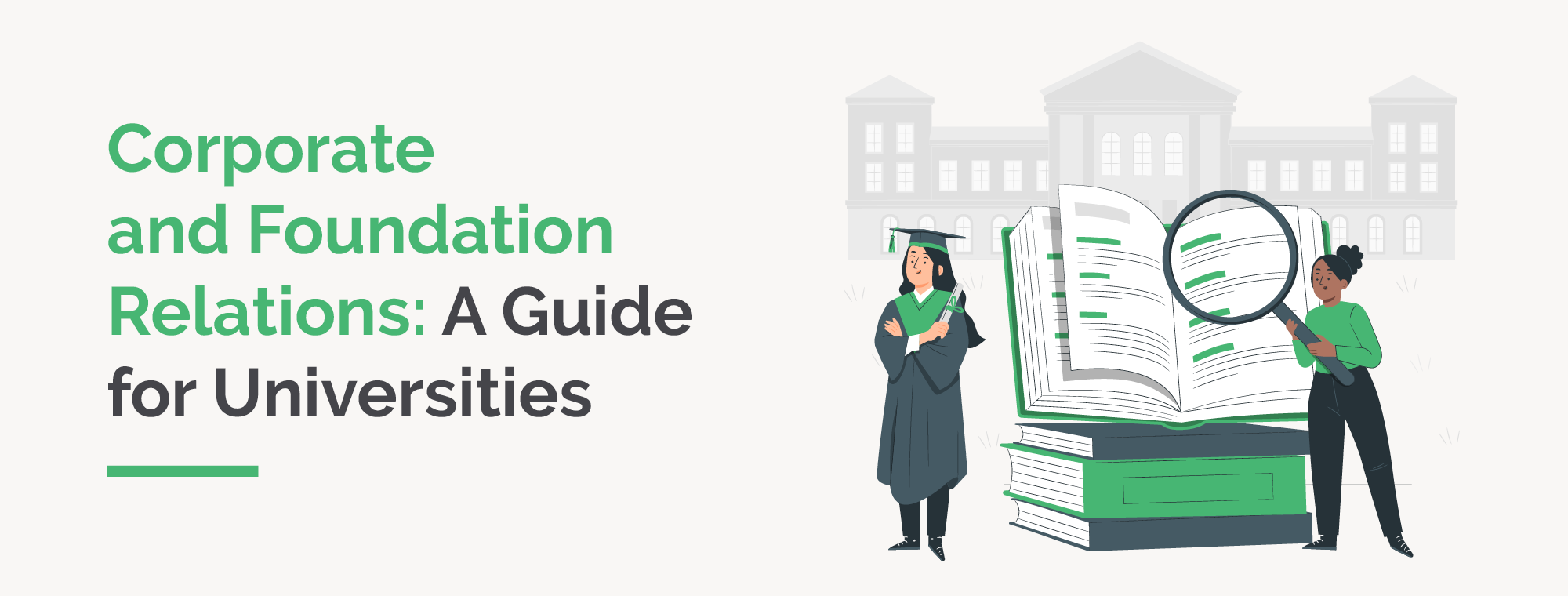
Direct Marketing Fundraising: Talking to Donors One-on-One
From connecting with new donors to encouraging current supporters…

Sourcing & Utilizing Employment Data for Higher Ed Fundraising
Colleges and universities often rely on generous donors to fund…

Funraisin Chooses Double the Donation for Advanced Matching Gifts Automation
Double the Donation and Funraisin are proud to announce a new…

Corporate and Foundation Relations: A Guide for Universities
From scholarships to research grants, universities need funding.…
 https://doublethedonation.com/wp-content/uploads/2023/10/Nonprofit-Technology-Consulting-Firms_Feature.png
770
2000
Adam Weinger
https://doublethedonation.com/wp-content/uploads/2025/11/DTD-horizontal-logo-300x63.png
Adam Weinger2024-06-01 08:00:492024-10-01 14:15:29Top 10 Nonprofit Technology Consulting Firms: Reviewed!
https://doublethedonation.com/wp-content/uploads/2023/10/Nonprofit-Technology-Consulting-Firms_Feature.png
770
2000
Adam Weinger
https://doublethedonation.com/wp-content/uploads/2025/11/DTD-horizontal-logo-300x63.png
Adam Weinger2024-06-01 08:00:492024-10-01 14:15:29Top 10 Nonprofit Technology Consulting Firms: Reviewed!
